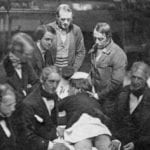 Politics
Politics  Politics
Politics  Weird Stuff
Weird Stuff Ten Bizarre Facts About The Doge Meme
 Our World
Our World 10 Ways Your Christmas Tree Is More Lit Than You Think
 Movies and TV
Movies and TV The 10 Coolest Stars to Set Sail on The Love Boat
 History
History 10 Things You Didn’t Know About the American National Anthem
 Technology
Technology Top 10 Everyday Tech Buzzwords That Hide a Darker Past
 Humans
Humans 10 Everyday Human Behaviors That Are Actually Survival Instincts
 Animals
Animals 10 Animals That Humiliated and Harmed Historical Leaders
 History
History 10 Most Influential Protests in Modern History
 Creepy
Creepy 10 More Representations of Death from Myth, Legend, and Folktale
 Politics
Politics 10 Political Scandals That Sent Crowds Into the Streets
 Weird Stuff
Weird Stuff Ten Bizarre Facts About The Doge Meme
 Our World
Our World 10 Ways Your Christmas Tree Is More Lit Than You Think
Who's Behind Listverse?

Jamie Frater
Head Editor
Jamie founded Listverse due to an insatiable desire to share fascinating, obscure, and bizarre facts. He has been a guest speaker on numerous national radio and television stations and is a five time published author.
More About Us Movies and TV
Movies and TV The 10 Coolest Stars to Set Sail on The Love Boat
 History
History 10 Things You Didn’t Know About the American National Anthem
 Technology
Technology Top 10 Everyday Tech Buzzwords That Hide a Darker Past
 Humans
Humans 10 Everyday Human Behaviors That Are Actually Survival Instincts
 Animals
Animals 10 Animals That Humiliated and Harmed Historical Leaders
 History
History 10 Most Influential Protests in Modern History
 Creepy
Creepy 10 More Representations of Death from Myth, Legend, and Folktale
10 Gruesome Facts About The Butcher Of Mons
History, unfortunately, is littered with the crimes of men and women. A small fraction of these killers have been labeled “butchers” due to the intense savagery of their exploits. One of these criminals, the so-called Butcher of Mons, murdered five people between 1996 and 1997. This unknown killer’s crimes happened in the small nation of Belgium, which is better known for chocolates, beer, and frites. However, Belgium has also had its fair share of sickos, from the Brabant Killers to the bloodthirsty Marc Dutroux.
The Butcher of Mons may be the worst serial killer in the history of Belgium. Making matters even worse is the fact that this demon remains uncaught, although two tantalizing suspects have been caught and convicted of other murders. Did one of them do it? Or is the Butcher of Mons still out there, living life with a name that nobody knows?
10 The Bodies Are Discovered

In March 1997, the city of Mons, which is close to Belgium’s border with France, was rocked by the news that a police officer had discovered several plastic trash bags that contained human body parts. Officer Olivier Motte discovered the bags along the Rue Emile Vandervelde in the village of Cuesmes, which is a stone’s throw away from Mons. When these bags were analyzed, investigators found that the bags contained body parts belonging to three female victims.[1]
A day after Officer Motte’s discovery, another series of garbage bags were uncovered in Mons. This time, the bags contained one woman’s torso, which the police felt had been “surgically” dismembered by her killer. Further analysis proved that the murders stretched back to at least 1995 or 1996, while the torso belonged to a victim who had been killed mere days before the discovery.
Another gruesome discovery in April (garbage bags found near the Haine River) convinced every law enforcement agency in Belgium that Mons and the surrounding area was the home of a particularly brutal serial murderer.
9 Initial Suspect

It did not take long for police to name their chief suspect. That man was Marc Dutroux. In 1996, Dutroux, a serial killer from the French-speaking working-class city of Charleroi, was jailed for kidnapping six girls and murdering at least two of them. In his defense, Dutroux claimed that his crimes were ordered by a nefarious group composed of the elite in Belgian society. These predators, Dutroux claimed, ordered him to kidnap and torture underage girls so that they could get their “kicks.”[2]
The Dutroux case came close to bringing down the Belgian government, as millions of citizens began to believe that an official cover-up had been done in order to protect a high-profile pedophile ring. Whether true or not, it is indisputable that Dutroux was a vicious murderer who kept his victims confined to an underground torture chamber for days on end. Dutroux also primarily killed in the province of Hainaut. Hainaut’s capital is Mons.
Belgian police initially suspected Dutroux based on geography alone, but cracks in the theory showed up very early on. Specifically, the Butcher of Mons killed adult women, while Dutroux preyed on young, preteen girls. Clearly, somebody else was dumping body parts into trash bags all over Hainaut.
8 Victims Identified—Carmelina Russo And Martine Bohn
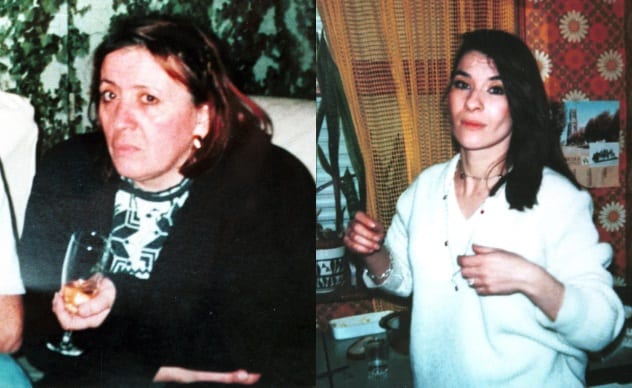
Carmelina Russo (left above), 42, was reported missing on January 4, 1996. Russo was last seen at her home in Mons. Weeks later, on January 21, Russo’s partial remains were discovered across the border in France’s Nord Department. Not too much is known about this victim, but given what we know about the other identified victims, it is likely that Russo was a married woman or mother dealing with some kind of stress or tragedy at the time of her death. Similarly, Russo may have frequented the railway stations of Mons like the murderer’s other victims.
Martine Bohn (right above), 43, was declared missing on July 21, 1996. Martine was a transient and a former prostitute from France. Martine was also a transsexual who worked at seedy bars in both France and Belgium. Following her disappearance, police learned that Bohn had lost all contact with her family and hadn’t kept many friends during her life. When Bohn’s partial remains were found floating in the Haine River, investigators deduced that the killer had sliced off her breasts after learning that Bohn was transsexual.[3] This provided further proof that the killer was motivated by sex.
7 Patterns Form And Theories Abound
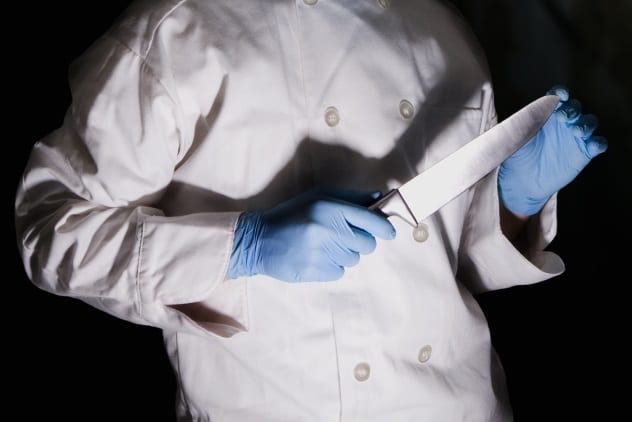
While victims were still being discovered and named, Belgian police officials started going to the media with theories about the killer. First of all, investigators pointed out early on that the Butcher of Mons found something perversely funny about his activities. For instance, his dumping sites all bore morbid names like Rue de Depot (Dump Street), Chemin de l’Inquietude (the Path of Worry), and the rivers Haine (Hate) and Trouille (Jitters).
The police also theorized that the Butcher of Mons may have had some kind of medical training, for each victim had been dismembered and mutilated with precision. The FBI, which was called in to consult on the case, deduced that the killer had a steady job based on the fact that all of his victims were murdered on weekends.[4]
Finally, on July 3, 1997, a news report broadcast on Belgian TV said that the police were investigating the possibility of a religious or occult connection to the crimes. This broadcast also refuted the idea that the killer was a methodical surgeon.
6 Victims Identified—Jacqueline Leclercq And Nathalie Godart

Jacqueline Leclercq (left above), 33 years old, was a mother of three at the time of her death. Leclercq was also separated from her husband and had been denied custody of her children. After all of this heartbreak, Leclercq began hanging around the train stations in Mons until she was declared missing on January 23, 1997.[5] Jacqueline’s arms and legs were found by Officer Motte on March 22, 1997, just below Rue de Emile Vandervelde in Cuesmes.
Nathalie Godart (right above), 21, proved to be the killer’s youngest victim. She, too, had a child, but this child had been taken into public care owing to some kind of troubles in Godart’s life. At the time of her disappearance, Godart lived in a bedsit in Mons and was known to frequent downtown bars like the Intercity, Metropole, and Cafe de la Gare. The workers at these watering holes referred to Godart as promiscuous, but they made sure that police knew that she was not a prostitute. Like Bohn, Godart’s mutilated body was found in the Haine River.
5 Psychiatrists And Special Police Weigh In

The official assessment of the Butcher of Mons made by Belgian psychiatrists concluded that the unknown killer was a “meticulous anal retentive” whose murders were neat, if not obsessive.[6] Some of these findings were at odds with the July news report, which highlighted the fact that the killer was somewhat “bestial,” with hacks and slashes being more common than surgical cuts.
A less cerebral solution to apprehending the Butcher of Mons came from the police, who formed a special corps of investigators. The unit, called “Corpus,” was headed by Belgian magistrate Pierre Pilette. The Corpus attempted to lure the killer into their traps, but the special unit always came up empty. By 2007, the Corpus had been reduced to an investigating staff of just four officers.
4 Victim Identified—Begonia Valencia
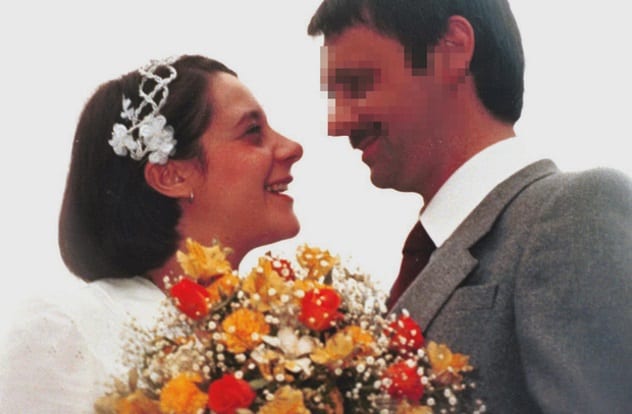
The last known victim of the Butcher of Mons to be identified was 37-year-old Begonia Valencia, a woman who went missing from the town of Frameries in the summer of 1997. Valencia’s bones were ultimately discovered in an orchard between Bethleem and Hyon. It was not until the spring of 1998 that police officially identified the bones as belonging to Valencia.
A neighbor interviewed over a decade later said that Valencia took a local bus every evening. It is possible that the Butcher of Mons discovered this fact and picked her up at a bus terminal or station somewhere in the vicinity of Mons. The neighbor also claimed in the interview that someone in Frameries drops a wreath into a local river every year in order to keep Valencia’s memory alive.[7]
3 The Murder Of Mary Beal
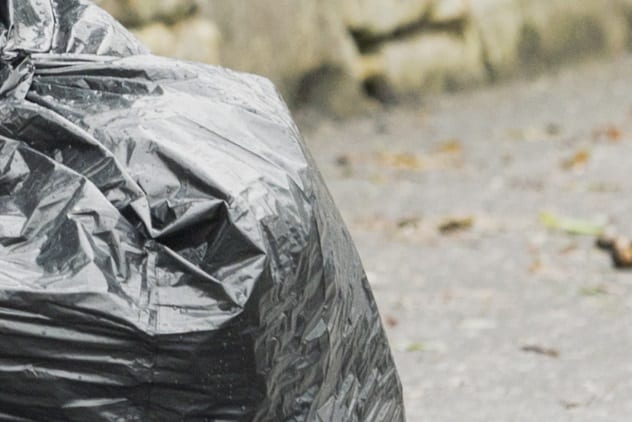
On September 15, 1990, a black garbage bag was found not far from the Brooklyn Navy Yard in New York City. The woman who discovered the bag immediately called police when she saw that the bag was leaking blood. Dispatch put the call to Detective Ken Whalen of the 84th Precinct. The garbage bag contained two arms and one leg. Another bag found hours later contained a woman’s torso.
Eleven days later, Whalen got a tip about the garbage bags and their contents. The tip said that the victim was a missing 61-year-old woman named Mary Beal. Beal lived in a cramped apartment with several dogs off of Mosholu Parkway. Beal’s disappearance was reported by her neighbors, who grew worried when they failed to see Beal out for her usual morning walk.
The investigation into Beal’s death found that she worked part-time as a court translator. One of the languages that Beal spoke was Serbo-Croatian, and because of this, she had done work for a custody battle involving a Yugoslavian couple—Smajo Dzurlic and his wife. Well over a decade later, Montenegrin police arrested Smajo Dzurlic (who also went by the name Smail Tulja) for the murder of Beal. The New York Police Department noted in 2009 that Tulja had been romantically involved with Beal, and when her body was discovered, Tulja had fled the United States for Europe.[8]
2 The Case Against Smail Tulja
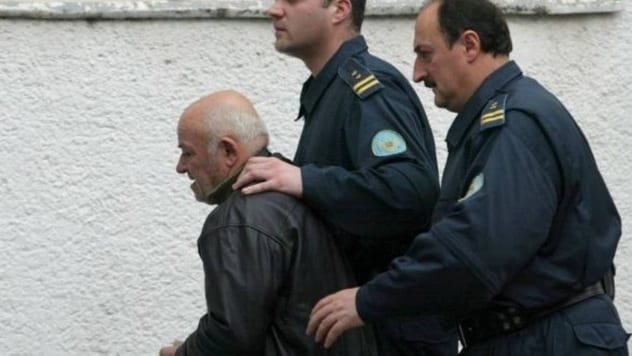
Tulja was arrested in the winter of 2009 in the Balkan country of Montenegro. Montenegrin authorities, along with American police officials, suspected Tulja of several murders in the United States, Belgium, Albania, and Montenegro. American authorities initially wanted Tulja extradited to stand trial for the Beal murder, but since Montenegro does not extradite its citizens, Tulja stood trial in Europe for the Beal murder and other cases.
Besides Beal, Tulja was charged with murdering his wife, who went missing in Albania several years prior to 2009. Tulja was ultimately convicted of the Beal murder and sentenced to 12 years in a Montenegrin prison. Tulja died behind bars in 2012.
The evidence against Tulja is strong regarding the Beal case. Tulja not only dated Beal while he lived in New York, but Tulja’s estranged wife had left threatening messages on Beals’s answering machine before her death, many of which testified to Beal’s affair with Tulja. Inside Tulja’s Bronx apartment, investigators found bloodstains. Also, fingerprints taken from the Beal case matched up with Tulja’s 1974 government ID card application.[9]
Given the similarities between the Beal murder and the Butcher of Mons murders, and given the fact that Tulja was known to be living in Belgium between 1996 and 1997, he is widely considered one of the strongest suspects in the Mons case.
1 The Other Suspects
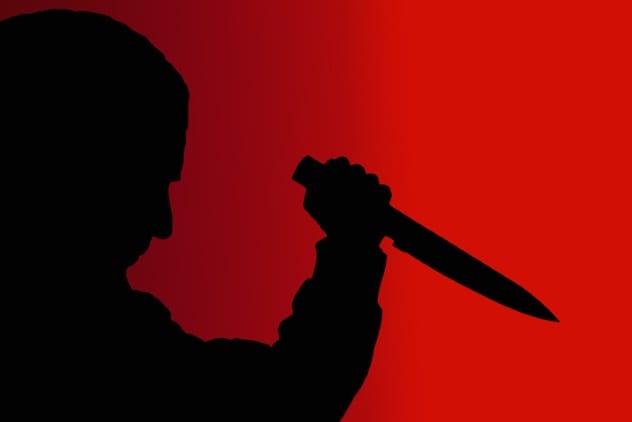
Besides Tulja, the other major suspect in the Butcher of Mons case is Jacques Antoine. Antoine’s name was put forward as a suspect when, in 2012, the French doctor was arrested for assaulting a woman in the city of Strasbourg. Prior to this arrest, Jacques’s son had written letters to the French police accusing his father of being the Butcher of Mons. The evidence outlined in these letters all centered around the accusation that the elder Antoine had lived in Mons during the murders and had been seen carrying around black trash bags.
Doubt began to color these letters because the author spent a lot of time talking about his father’s love of guns. (The Butcher of Mons never used a firearm.) Similarly, the car that Dr. Antoine drove while living in Belgium did not match up with the eyewitness testimony that Belgian investigators had on file.[10]
Another suspect in the Butcher of Mons case is the “Canal Murderer” John Sweeney. A British citizen who was sentenced to life in prison in 2011, Sweeney was convicted of the hacking murders of 31-year-old Paula Fields and 33-year-old Melissa Halstead. Halstead, an American woman, was murdered and dismembered by Sweeney in Amsterdam in 1990. Halstead’s corpse was found in holdalls in the Amstel River. Fields was murdered in London in 2000. Between these two crimes, Sweeney may have lived in Belgium and was accused of attempted murder by at least one of his former girlfriends.
Benjamin Welton is a freelance writer based in Boston.
Read about more terrifying uncaught serial killers on 10 Horrific Facts About The Oakland County Child Killer and 10 Terrifying Facts Of The Honolulu Strangler.



